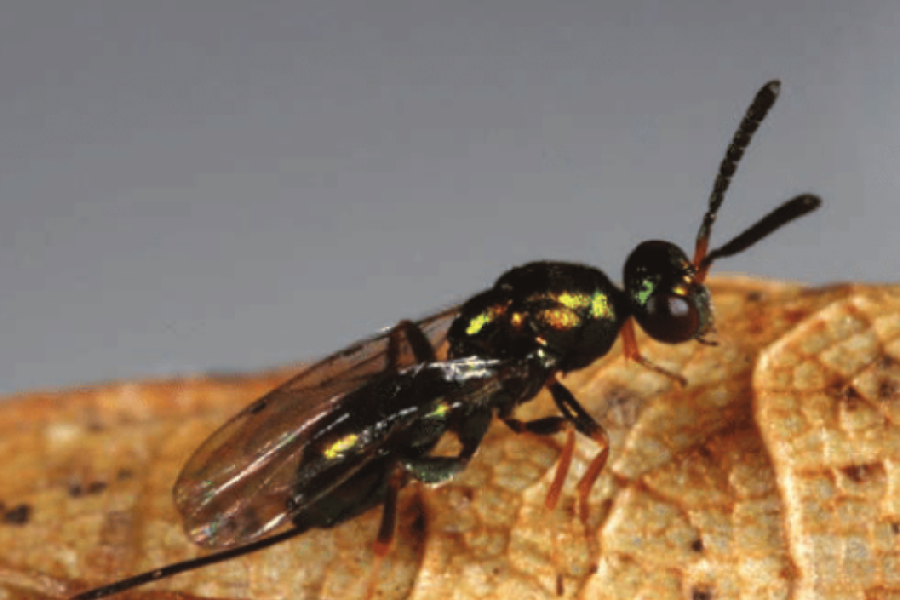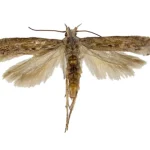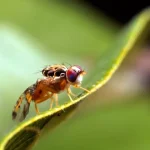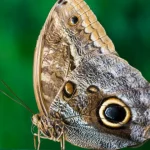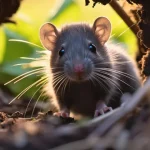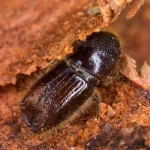The gall wasp is one of the most harmful pests of the chestnut plant. Its native land is China. It is found on chestnut trees in forested areas. This species is the most destructive pest of chestnut. It damages chestnut trees in forested areas. It is transported by plane, grafting material, seedlings, humans, and transportation vehicles.
The gall wasp, scientifically known as Cynipoidea, is not very successful with chemical control methods. The biotechnical control method is more effective. Yellow sticky traps are hung in forested areas at the end of May or beginning of June. By preventing the wasp from sticking to the traps, egg-laying on chestnut trees is prevented. The aim is to protect chestnut trees, which are of great importance to our country.
Gall Wasp Trap
The gall wasp emerges in the summer months and lays its eggs within a few days. It forms galls (warts) on chestnut leaves. The formation of galls reduces the area for photosynthesis and fruit production. This species causes up to 80% product loss. It causes significant damage to chestnut trees in forested areas.
It is a species that appears in the summer months. Adult wasps lay their eggs on chestnut tree leaves. The eggs laid in the leaf tissue alter the plant’s hormonal balance. This effect triggers gall formation. It causes severe damage to chestnut trees.
The damage caused by the gall wasp includes:
- It damages plant tissue, hindering growth and development.
- Gall infestations weaken plant leaves and branches, leading to plant death.
- It causes yield and economic losses.
The most effective method of combating this wasp species is quarantine. The damaged parts of plants and trees should be cut off.
Other methods used in combating this species are:
- Biological control
Natural enemies are used to control the gall wasp population.
- Chemical control
Insecticides are used to reduce the population. Insecticides, being heavy pesticides, are not preferred due to their environmental effects. Successful results are not achieved with chemical control.
- Cultural methods
Choosing resistant plant varieties reduces the effects of the gall wasp.
Our country has significant chestnut forests. This species affects the development, growth, and fruit production of trees. It causes damage to the national economy.
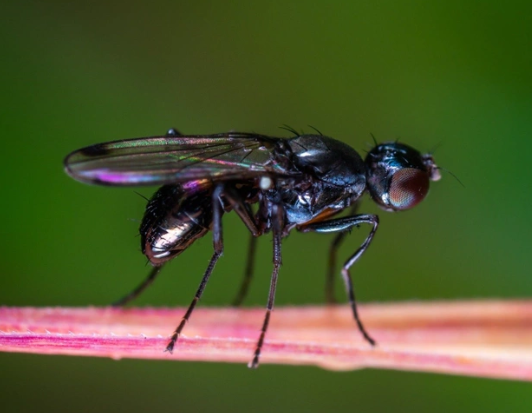
How to Destroy the Welsh Bee?
Gall wasp traps are one of the methods used in combating this species.
The traps used in combating this species are:
- Sticky traps
Yellow sticky traps are used. These traps are hung in the flight path of the gall wasps. This ensures the insect is attracted to the trap.
Advantages:
- Effective for both gall wasps and other harmful species.
- Easy to apply.
- Low cost, economical method of control.
- Does not contain chemicals, suitable for organic farming.
This method provides quick results in population tracking and control.
These target the mating behavior of gall wasps. They mimic the mating pheromones released by female wasps. These pheromones attract male wasps to the trap. Advantages:
- Does not harm other insects.
- Environmentally friendly.
- Reduces chemical use, preserving ecological balance.
This trap is an effective method for reducing wasp populations.
For information on effective methods for combating the gall wasp, you can contact Kapar Organic.

